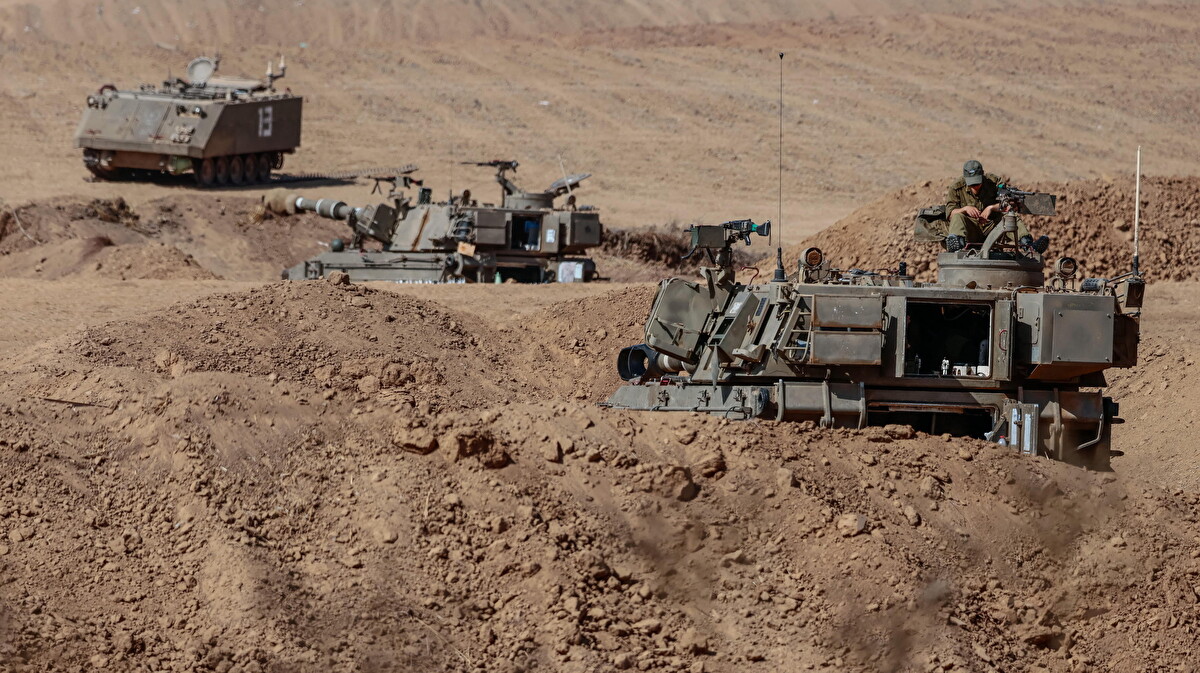Israeli soldiers are planning to employ experimental “sponge bombs” to remove Hamas’ tunnel network in Gaza, according to a report in The Telegraph.
The weapons are reportedly intended to block ambushes while soldiers move through the network of intricate tunnels by sealing off entrances with an explosion of foam that quickly expands and then solidifies. They have been tested and used in training exercises but have never been deployed in battle, the London-based newspaper claims.
Aimed at paralyzing Hamas’ highly developed network of subterranean tunnels – which permit the movement of combatants and supplies without exposing them to Israeli monitoring and fire – these specialized gadgets are housed in a plastic container with a metal divider between two liquids. The compounds combine as the soldier places or launches the “bomb” forward after removing this barrier.
During trainings, specialized teams within the IDF’s engineering corps were organized into tunnel reconnaissance units and outfitted with ground penetrating radar, aerial and ground sensors, and specialized drilling gear. Since the “sponge bomb” is technically a liquid emulsion, however, handling it incorrectly has resulted in several Israeli troops losing their sight. For this very reason, drones and robots have also been used by Israel to assist in tunnel navigation, though their deployment underground has proven challenging thus far.
Some of the robots, according to The Telegraph, will be operated via cables spooling out from the device’s back. Others will use conventional radio waves, but because radio signals deteriorate fast underground, they will need to be dropped off at several repeater sites along the way. Additionally, some gadgets can be equipped with weaponry, allowing the controller to unleash explosives in the event that opposing combatants are seen.

“Entering tunnels presents unique tactical challenges, many of which cannot be addressed without specialized equipment”, explained John Spencer, chair of urban warfare studies at the Modern War Institute, a think tank funded by the U.S. military. “In some cases, it can be impossible to breathe without oxygen tanks in tunnels, depending on their depth and air ventilation. It can also be impossible simply to see”.
“The IDF has the capability to find, recover hostages from, clear, neutralize, and destroy tunnels. There are specialized units like the IDF Combat Engineering Corps’s Yahalom Unit, an elite commando unit whose soldiers specializes in finding, clearing, and destroying tunnels”, he adds. “But the hard truth is that the depth and scale of Hamas tunnels in Gaza will surpass Israel’s specialized capabilities. It may come down to IDF infantry and engineers dealing with tunnels as they discover them.”
Dismantling the system of tunnels, also referred to as the “metro,” is a crucial component of a larger scheme to set up the area for an ambush of Israeli soldiers overhead. A typical tunnel is roughly 2 meters high and 1 meter broad, occasionally reinforced with concrete and metal, allowing for speedy construction.
Numerous of them are buried beneath residential buildings and have entrances and exits located in houses and other non-military structures, making it very difficult for Israel to bomb them without drawing criticism from across the world.
Destroying these tunnel networks was one of the goals of the 2008 and 2014 ground incursions into Gaza. When Israel claimed to have destroyed around 100 kilometres of tunnels during an eleven-day bombing assault in 2021, there were thought to be over five hundred kilometres of tunnels overall left.












